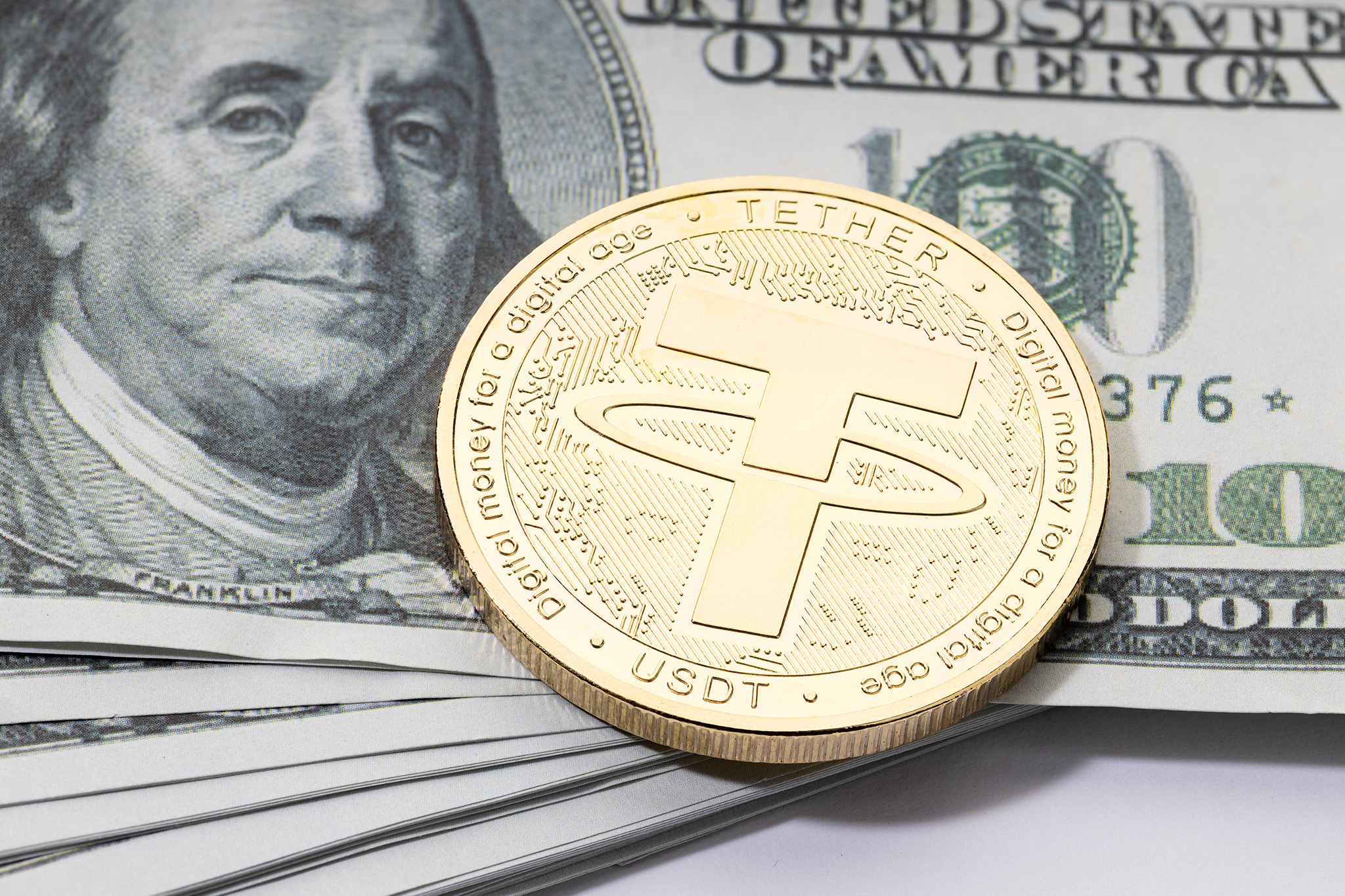As the BRICS alliance evolves into a formidable economic bloc—expanding its influence across Asia, Africa, South America, and the Middle East—one financial instrument has quietly become the backbone of cross-border trade: the Tether stablecoin (USDT). With nearly $200 billion in daily trade settlements, Tether now stands as the most actively used cryptocurrency in the world, and nowhere is its adoption more pronounced than among BRICS and BRICS-aligned economies.
Tether functions as a digital U.S. dollar, offering the familiarity of the world’s reserve currency without the friction of traditional banking rails. However, unlike actual dollars or regulated digital payment platforms, Tether operates largely outside the purview of U.S. and European financial authorities. This regulatory gap, once seen as a liability, has now become Tether’s key competitive advantage—especially in jurisdictions where capital controls, currency volatility, and de-dollarization strategies make alternative financial infrastructure a necessity.
The demand for Tether within the BRICS bloc is being driven by both practical and geopolitical forces. On the one hand, businesses and traders need a fast, reliable, and dollar-denominated medium of exchange. On the other, governments are increasingly wary of relying on U.S.-dominated systems like SWIFT, especially after watching how quickly Russian assets were frozen and transactions halted during recent sanctions. In this context, Tether offers an uncensorable, liquid, and widely accepted digital dollar—making it an ideal tool for nations looking to sidestep the West’s financial chokeholds.
In response, Western regulators have begun tightening the screws. The European Union has effectively banned Tether from interfacing with its banking systems, citing the company’s refusal to comply with stringent regulatory mandates. Chief among these demands is the requirement that Tether deposit its multi-billion-dollar Treasury bill holdings directly with the U.S. Federal Reserve. Additionally, both the U.S. and EU want Tether to implement comprehensive reporting requirements that would unveil user identities and transaction histories—essentially turning Tether into a fully surveilled digital fiat system.
But Tether has pushed back, hard. By simply refusing to comply with these regulations, it has paradoxically strengthened its grip across emerging markets that view Western oversight as a risk rather than a reassurance. Rather than folding under pressure, Tether has doubled down on its unregulated status, offering users freedom from both volatility and surveillance. The company’s Treasury bill portfolio—estimated to be one of the largest among private holders—continues to grow, providing yield and stability to its ecosystem without being beholden to Western central banks.
The result is a kind of shadow financial system that exists parallel to the regulated one, and it’s growing at breakneck speed. For investors, especially those exploring offshore opportunities, the rise of Tether in BRICS-aligned economies is a clear signal: the global financial order is shifting, and capital is flowing into alternative networks that are faster, cheaper, and harder to control.
Tether’s ascent within BRICS is more than just a crypto success story—it’s a preview of a multipolar financial future.
At Invest Offshore, we recognize this global shift and offer access to diversified opportunities across the African Copperbelt and beyond. As traditional systems face disruption, we’re positioned at the forefront of new frontiers in trade, finance, and infrastructure.

Leave a Reply